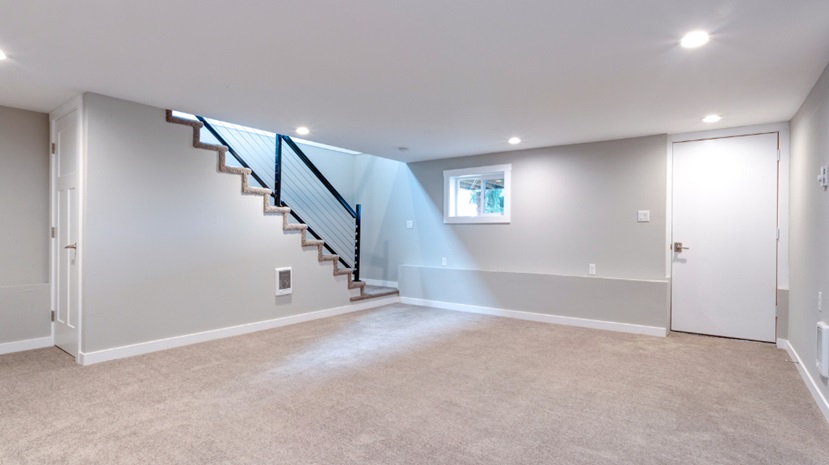Transforming your basement into a cozy living space or functional area can be an exciting project. Before you start selecting paint colors or planning layouts, it’s essential to tackle a critical step that requires your focus: addressing any moisture issues. This is particularly important for homeowners considering basement remodeling in Johns Creek, where the humid climate can pose significant challenges to your renovation plans.
The Importance of Moisture Control
Moisture problems in basements are more common than you think, and ignoring them can lead to serious consequences. Unresolved moisture can lead to a range of problems, including mold growth, structural damage, and persistent musty odors. By addressing these problems, you protect your investment and ensure a healthier living environment for your family.
Identifying Moisture Issues
The first step in addressing moisture issues is to identify their presence. Here are some signs that indicate you have a wet basement:
- A persistent musty odor remains even after thorough cleaning.
- Noticeable growth of mold or mildew on walls or personal belongings.
- Water stains or damp spots on walls or floors.
- Efflorescence (a white, chalky substance on concrete surfaces)
- Condensation on windows or pipes
If you notice any of these signs, it’s crucial to take action before proceeding with your remodeling plans.
Common Causes and Solutions
External Moisture Sources
Moisture problems often start outside the home. Keep gutters clear, direct water away from the foundation, and ensure the surrounding ground slopes away from the home. Consider a French drain system if water accumulation persists.
Foundation Issues
Inspecting your foundation walls and floor for cracks is essential. Even small cracks can let in moisture and can often be sealed with hydraulic cement or epoxy injections. For larger cracks or serious foundation issues, it’s best to consult a professional for proper repairs.
Indoor Humidity Control
Elevated indoor humidity can lead to significant moisture problems. Installing a dehumidifier can effectively help maintain optimal humidity levels in your basement. Aim for a relative humidity between 30% and 50% to discourage mold growth and create a comfortable environment.
Improving Ventilation
Proper ventilation is also crucial in preventing moisture buildup. Consider installing an exhaust fan to improve air circulation. If your basement has windows, open them periodically to allow fresh air in, but be mindful of outdoor humidity levels.
Advanced Waterproofing Solutions
More thorough waterproofing solutions may be needed for ongoing moisture issues. This could involve applying waterproof coatings to walls, installing a sump pump, or excavating around the foundation for external waterproofing. While these solutions can be pricier, they offer long-term protection for your basement investment.
Planning Your Remodel with Moisture in Mind
After addressing moisture issues, it’s important to use moisture-resistant materials for flooring, walls, and ceilings. Installing a vapor barrier behind walls and beneath flooring can provide added protection against moisture.
Also read: 3 Causes of Basement Moisture and How to Fix Them
Conclusion
Tackling moisture issues is a vital first step in any basement remodeling endeavor. By dedicating time to identify and address these issues, you safeguard your investment while ensuring a dry, comfortable, and healthy living environment for years to come. Remember, a little prevention goes a long way in creating a basement that not only looks great but also stands the test of time.


